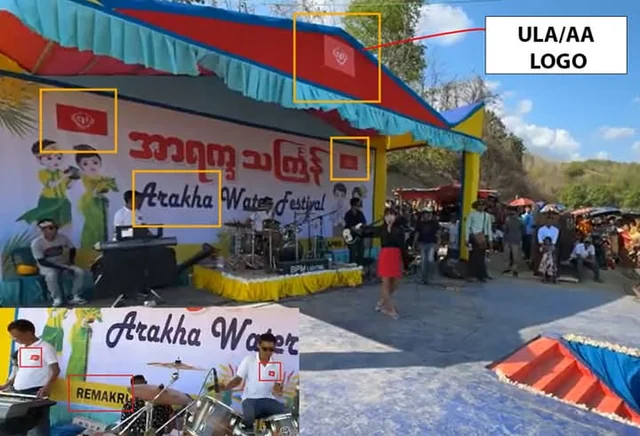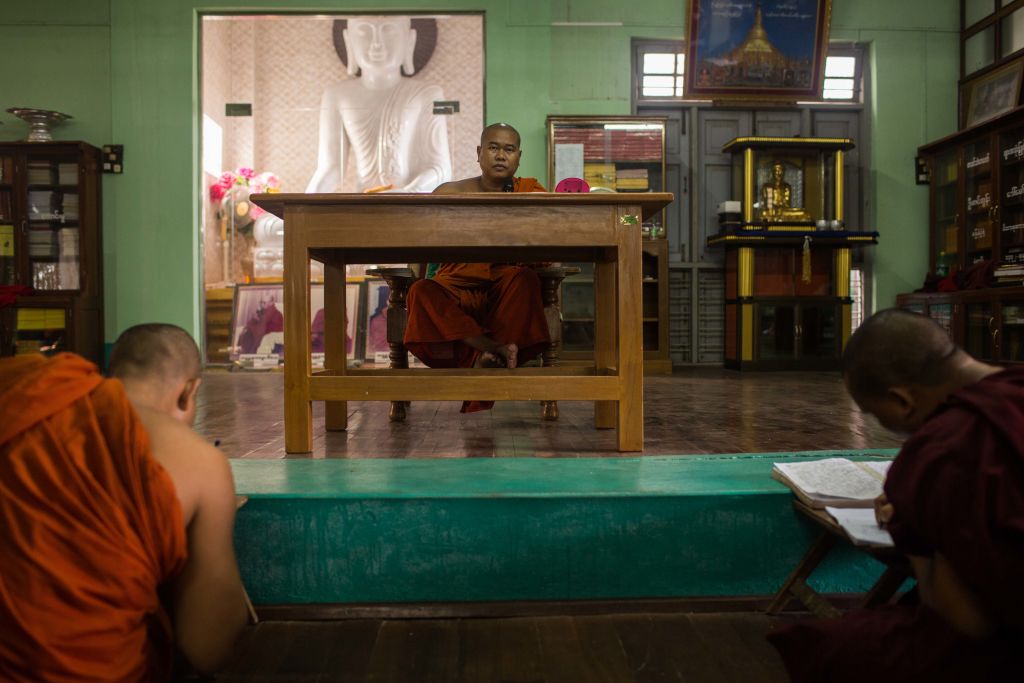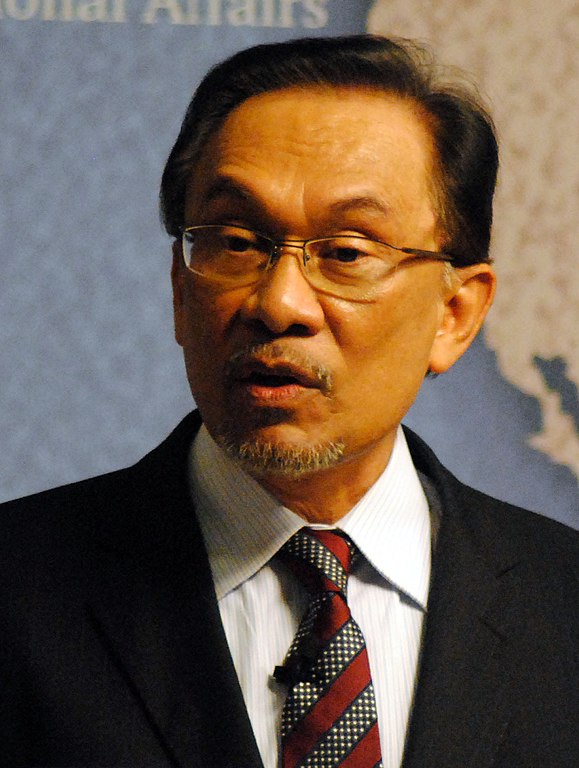
Geopolitical and Strategic Implications of the Arakan Army’s Ascension in Myanmar’s Rakhine State
Geopolitical and Strategic Implications of the Arakan Army’s Ascension in Myanmar’s Rakhine State
Executive Summary:
- The Arakan Army (AA), an ethno-nationalist rebel group active in Myanmar, has managed to seize some 90 percent of Rakhine State, with several major cities under siege and the entirety of the border with Bangladesh under their control. The group is receiving increasing attention, both positive and negative, from regional powers like India and China, part of an ongoing realignment among countries who wish to protect their interests as the ruling junta’s power wanes.
- The AA also appears to have engaged in a campaign of brutal prosecution of the area’s Rohingya minority, with assaults on villages and the use of drones against civilians pushing a greater outflow of refugees into Bangladesh, where more than a million Rohingya already live in increasingly dire conditions.
The Arakan Army (AA), an ethno-nationalist rebel group, is one of the most prominent militias in Myanmar. The AA now controls about 90 percent of the territory and at least 14 of 17 townships in Rakhine State (Myanmar Now, December 30, 2024; Narinjara News, April 11, 2025, November 16, 2024; Fulcrum, January 13). [1] [2] The group has consistently reiterated its aim to gain greater autonomy and rights for Rakhine State and its people. Moreover, Rakhine’s borders with Bangladesh, its geo-strategic position in the Indo-Pacific region, as well as the presence of significant Indian and Chinese infrastructure investments in the state, make the AA one of the most consequential non-state actors in Myanmar. However, the group’s true motives remain unclear, especially considering its tendency to govern Rakhine as a proto-state and persecute the local Rohingya Muslim minority (Daily Star [Bangladesh], April 29, 2025, August 28, 2024).
Existential Threat to the Ruling Junta
The AA is the most significant threat to Myanmar’s junta (The Irrawaddy, September 10, 2024). The insurgent group has strengthened its control over local communities by establishing parallel governance in the administrative, judicial, health, and other public service systems (Center for Arakan Studies, July 3, 2024). In order to advance its political influence, the AA formed the United League of Arakan in 2015 to push its political goals alongside military actions (Transnational Institute, April 4). The group now stands behind a pseudo-government in Rakhine State called the Arakan People’s Revolutionary Government (APRG).
The insurgent group also maintains law enforcement, intelligence, and paramilitary units known as the Arakan Army Auxiliary (AAA) (Burma News International, April 19, 2022). By the end of 2024, the AA invited foreign investors to develop Rakhine State and its infrastructure. These efforts contributed to the AA’s current widespread popularity among Rakhine people (Arakan Army, December 29, 2024). However, the AA has also been accused of having committed war crimes, with the most recent charge being the use of drones on August 5, 2024, to attack Rohingya civilians in their villages, damaging the group’s reputation (The Business Standard [Bangladesh], August 23, 2024).
The AA’s territorial push threatens the ruling junta, officially called the State Administration Council (SAC). SAC forces have lost control of the geopolitically and strategically crucial territory of Rakhine, a key nexus of Chinese and Indian infrastructure investments, as previously mentioned. They have also lost control of their Western Regional Military Command in Ann Township in December 2024 (Myanmar Now, December 21, 2024). Additionally, SAC forces face an imminent threat from the AA’s ongoing offensive in Sittwe, the capital of Rakhine and a key port city. The AA has expanded into the Bamar (an ethnic group) heartland of the Ayeyarwady, Bago, and Magway regions to launch attacks beyond Rakhine. The Rakhine rebels aim to seize the KaPaSa (Directorate of Defense Industries) munition factories in Bago and Magway, possibly allowing their forces to become self-sufficient in small and light arms production (The Irrawaddy, January 5; Frontier Myanmar, June 6).
The junta was compelled to declare the AA a “terrorist organization” in September 2024 (Mizzima, September 5, 2024). This occurred while the regime intensified air strikes and naval bombardments against the group and enacted a “four-cuts” strategy to prevent the AA from moving logistics and personnel from other parts of Myanmar (Dhaka Tribune, November 26, 2023). [3] In a desperate move, the SAC has also allied with various Rohingya armed groups, claiming to fight with them against the AA (International Crisis Group, June 18). Under such pressure from the junta, the AA’s ability to maintain and consolidate control over its current territories will be tested.
Strategic Complexities for Bangladesh
Bangladesh hosts more than a million Rohingya refugees who fled from Rakhine during an ethnic cleansing undertaken by Myanmar’s military in 2017. Repatriating the Rohingya is a top priority for Dhaka, given the country’s national security and stability concerns. [4] Due to the lack of SAC control over Rakhine, the AA now holds the key to ensuring the safe return of these Rohingya—as of now, the AA controls all 271 km (168 miles) of the Myanmar side of the country’s border with Bangladesh (Nikkei Asia, May 16).
This means Dhaka’s administration of bilateral trade, border security, and customs controls will require coordination with the AA. The AA has also abducted Bangladeshi fishermen who had crossed over into AA-controlled waters (which both Dhaka and the AA had forbidden fishing in for security reasons), with several fishermen having been shot in the process (New Age, May 12). AA-planted mines in border zones have also caused civilian casualties. Moreover, AA personnel had crossed the border in April and staged a cultural festival popular in the region inside Bangladesh’s borders, causing national outrage (International Affairs Review, May 3). The group is widely believed to have been engaged in the drug trade, despite denying these accusations (Geopolitical Monitor, June 12). Collectively, these issues have raised serious security concerns in Dhaka.
Dhaka is opposed to recognizing any formal interaction with a foreign, internationally unrecognized, non-state actor. Nevertheless, the AA is now a geopolitical reality that Dhaka cannot avoid addressing. To make matters more complex, engaging with the AA risks condemnation from the SAC, which has warm relations with China and India, creating further ramifications for Bangladesh’s geostrategic position. Bangladesh has only admitted to engaging with the AA informally for “national interests” (Daily Star [Bangladesh], February 28). As Rohingya from the camps in Bangladesh are being recruited to fight the AA by groups employing jihadist and ethnic narratives, Dhaka faces a complex strategic calculus in dealing with the AA, SAC, and the potential militancy of the Rohingya at the same time (International Crisis Group, June 18).
Chinese and Indian Geopolitical Interests in Rakhine
The rise of the AA in Rakhine State creates geopolitical concerns for China and India. Both countries have significant infrastructure investments in Rakhine, most of which are now under the AA’s control. [5] Previously, the AA pledged to protect Chinese interests and ensure the security of infrastructure in Rakhine (Radio Free Asia, July 31). Aware of Myanmar’s volatile situation, China has signed a pact to establish a joint private security company with the SAC (East Asia Forum, January 7). These private security forces may be deployed in Rakhine, where intense fighting could damage Chinese infrastructure.
The AA had also committed to safeguarding other foreign investments in Rakhine, including Indian projects (The Diplomat, December 31, 2024). The AA had always viewed India skeptically due to Indian resistance to rebel movements in Rakhine State. However, AA–India relations have dramatically improved since mid-2024, with Indian lawmakers visiting Rakhine to meet with AA leaders and discuss the security of their regional projects (Burma News International, May 7, 2024; International Crisis Group, April 11). The violence in the state of Manipur in India and the insurgency threats in India’s North Eastern Region (NER) also emphasize India’s interest in developing a good relationship with the AA for national security reasons (International Crisis Group, April 11).
Conclusion
Bangladesh, China, and India are evaluating the situation in Rakhine and have varying levels of engagement with the AA, which has generated a sense of insecurity for the SAC regarding strategic ties with these external actors. Beijing and New Delhi, the two closest SAC allies, are strengthening their relationships with the AA. Consequently, the internationally isolated junta has sought warmer ties with Russia. This year, SAC chief Ming Aung Hlaing met with Russian President Vladimir Putin twice (Dhaka Tribune, May 10). The SAC has intensified economic and military cooperation with Moscow by requesting increasing Russian investment in Myanmar, purchasing drone technologies, and in a move rather unlikely to bear fruit, declaring that it seeks to integrate its economy with the Russia-led Eurasian Economic Union (Dhaka Tribune, May 12; The Irrawaddy, June 25). The more the AA consolidates and tightens its grip in Rakhine State, the more it alienates Myanmar’s junta from its neighbors, whose strategic interests require maintaining a productive and working relationship with the AA.
Notes:
[1] The AA was formed in April 2009 in Laiza of Kachin State, with 26 men who mainly moved from their home state of Rakhine to work in jade mines. It was born out of ethnic grievances and discrimination against the ethnic Rakhine population by the Bamar-dominated junta and their political proxies.
[2] The group also has troops controlling Paletwa township in neighboring Chin State and has launched a military offensive advancing into the neighboring regions of Ayeyarwady, Bago, and Magway. The AA also has robust alliances with other ethnic and pro-democratic rebel groups around Myanmar, including in the Chin, Shan, and Kachin states.
[3] The “four-cuts strategy,” designed to cut off food sources, funds, information, and recruits, was created in Karen state in the 1960s when the Myanmar Army started fighting the Communist Party and the Karen National Union (KNU). It has been deployed repeatedly in various military operations, including in Rakhine State, since 2017.
[4] Over the past eight years, there has been little to no progress in the repatriation of stranded Rohingya. Currently, the more than 30 Rohingya camps are susceptible to organized criminal activities, and a severe funding crisis threatens the sustainability of the large refugee population.
[5] One of Beijing’s crown jewels in infrastructure investments in Rakhine is the Kyaukphyu Deep Sea port, part of the region’s Special Economic Zone (SEZ) within the One Belt One Road Initiative. New Delhi has a similar port development project as part of its Kaladan Multi-Modal Transport Project in Sittwe. These seaports are crucial to Beijing and New Delhi’s interests in the area, as they connect and influence the littoral zones near the Bay of Bengal, which connects the Malacca Strait with the Indo-Pacific. Both Kyaukphyu and Sittwe are now under heavy siege by the AA, and incidents of sabotage or targeting of this infrastructure are a security concern for both the major regional powers.


